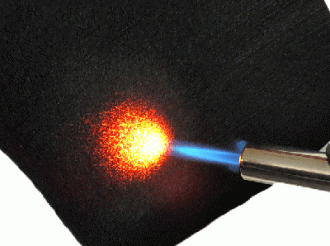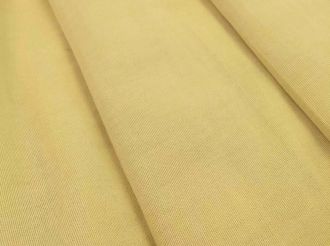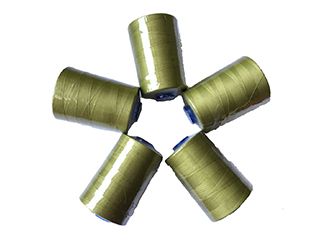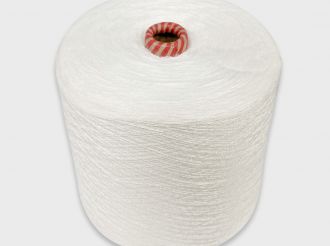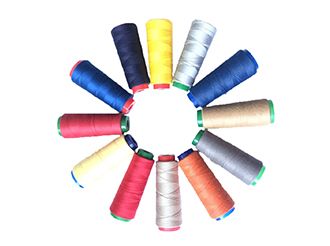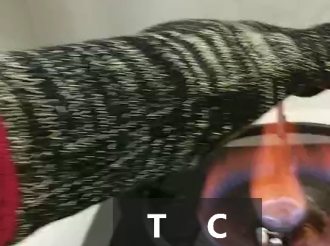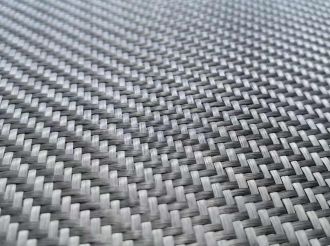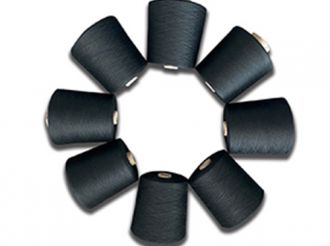Types of special high-performance glass fibers for aviation
- 2022-10-21
The types of special high-performance glass fibers for aviation mainly include two categories, one is used in primary and secondary load-bearing structural parts for structural reinforcement, such as GLARE laminates, helicopter rotors, etc.; the other is used in special electrical performance requirements. In functional structural parts, such as nose cover, radome and radome, etc. The glass fibers used are mainly high-strength glass fibers, quartz glass fibers and alkali-free glass fibers. In addition, glass fiber has also been used in the aviation field as a sound insulation and heat insulation material.
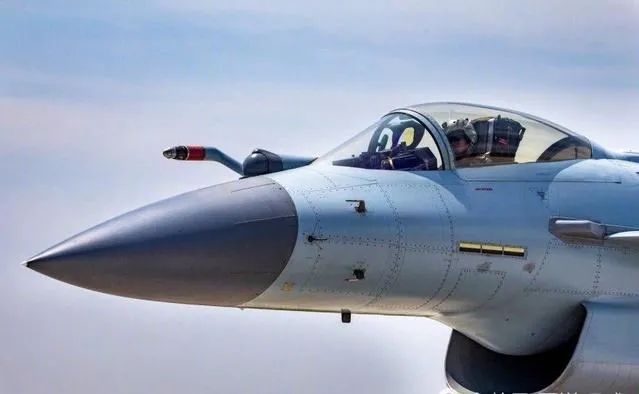
(1) High-strength glass fiber
According to the international standard ISO2078, there are two types of glass fibers with high mechanical strength; the other is R-grade high-strength glass fibers. The former is drawn from high-strength silicon-aluminum-magnesium system glass, and the latter is silicon-alumina-calcium-magnesium system glass. These two types of high-strength glass fibers are manufactured and applied abroad. The S-grade high-strength glass fiber was invented by the American OCV company in the 1960s, and the trade name is S-2. The R high-strength glass fiber was invented by the French Saint-gobain company, and is currently operated by the OCV company; domestically, S-grade high-strength glass fiber is mainly used. Such as HS2 and HS4 produced by Sinoma Technology Co., Ltd.
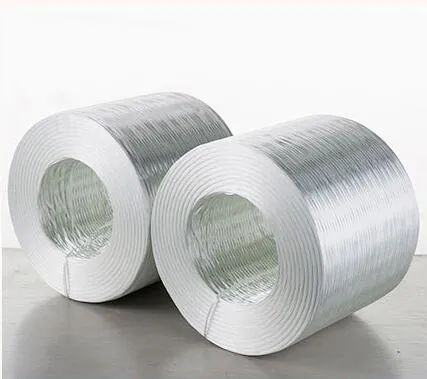
(2) Quartz Glass Fiber
As a special fiber with excellent electrical insulation, temperature resistance and mechanical properties, quartz glass fiber is widely used in aviation, aerospace, military industry, high temperature heat insulation, high temperature filtration, etc. The dielectric constant and dielectric loss of quartz glass fiber are lower than all mineral fibers, and its electrical insulation performance is also very good at high temperature and high frequency. Combined with low density, non-hygroscopicity and excellent mechanical properties, it is the material of choice for radomes, electromagnetic emission windows and low-dielectric wave-transmitting components.
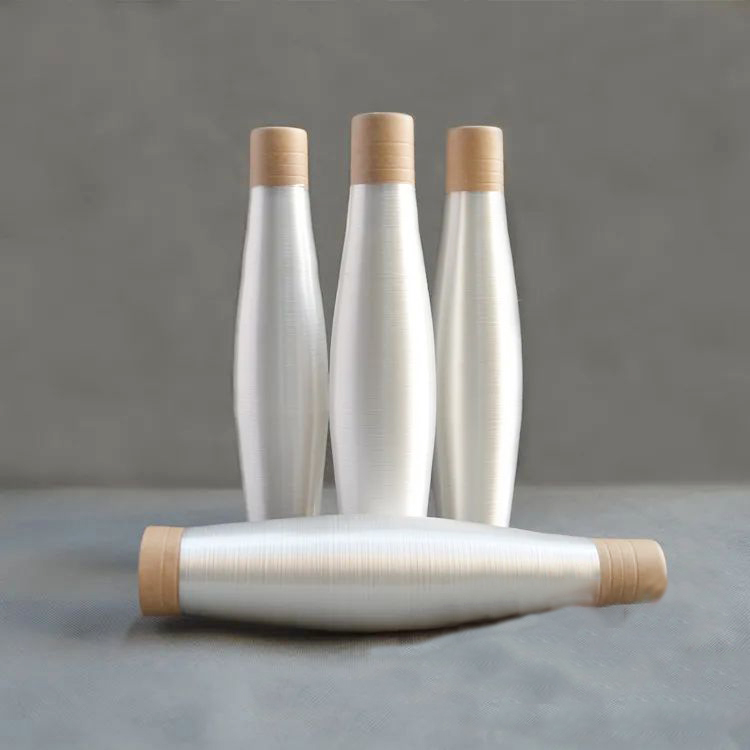
(3) Special E-glass Fiber
The application of E-glass fiber in aviation composite materials is mainly fine fabric prepreg, and the diameter of monofilament is not more than 9μm. This kind of glass fiber fabric has high warp and weft density, and requires high cloth surface flatness and good appearance quality. In addition to good corrosion resistance and electrical insulation properties, the fabricated composite material also has strong resistance to interlaminar shearing and tearing. Due to the phenomenon of metal carbonization, carburization and electrochemical corrosion when carbon fiber composite materials are used in combination with aluminum alloys, glass fiber composite materials can be used to isolate or protect the carbon fiber composite materials and metal parts.
![]()
![]()
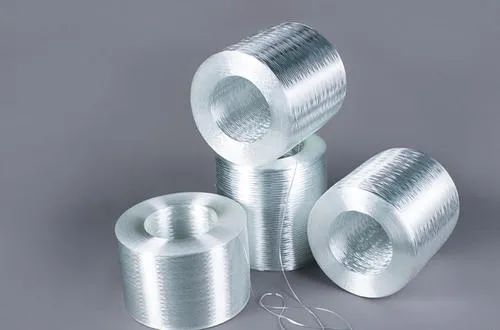
(4) Glass Microfiber Products
Glass microfiber products use microfibers with an average single fiber diameter of less than 3 μm as the matrix material, which are stitched by wet or dry mating or covered with special glass fiber cloth. According to the requirements of use, the microfibers can be alkali-free, basalt, high silica, quartz and other glass fibers.
